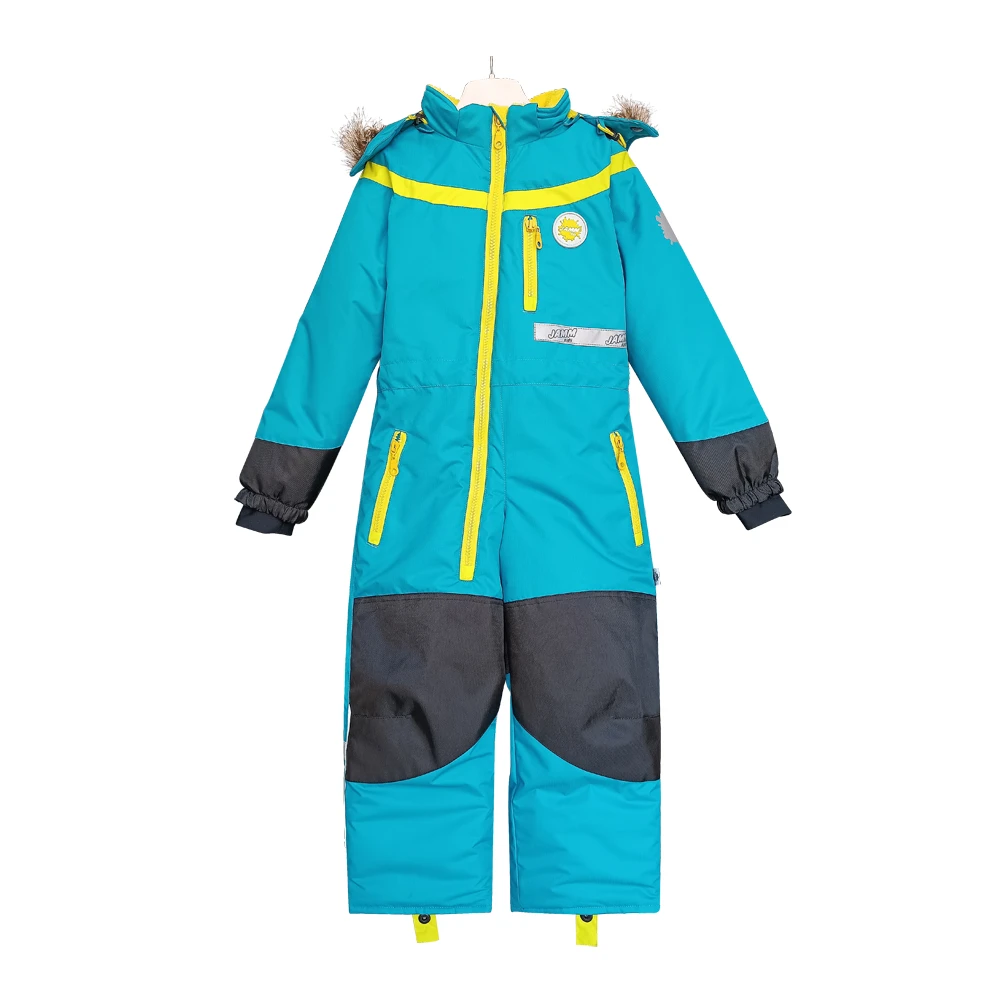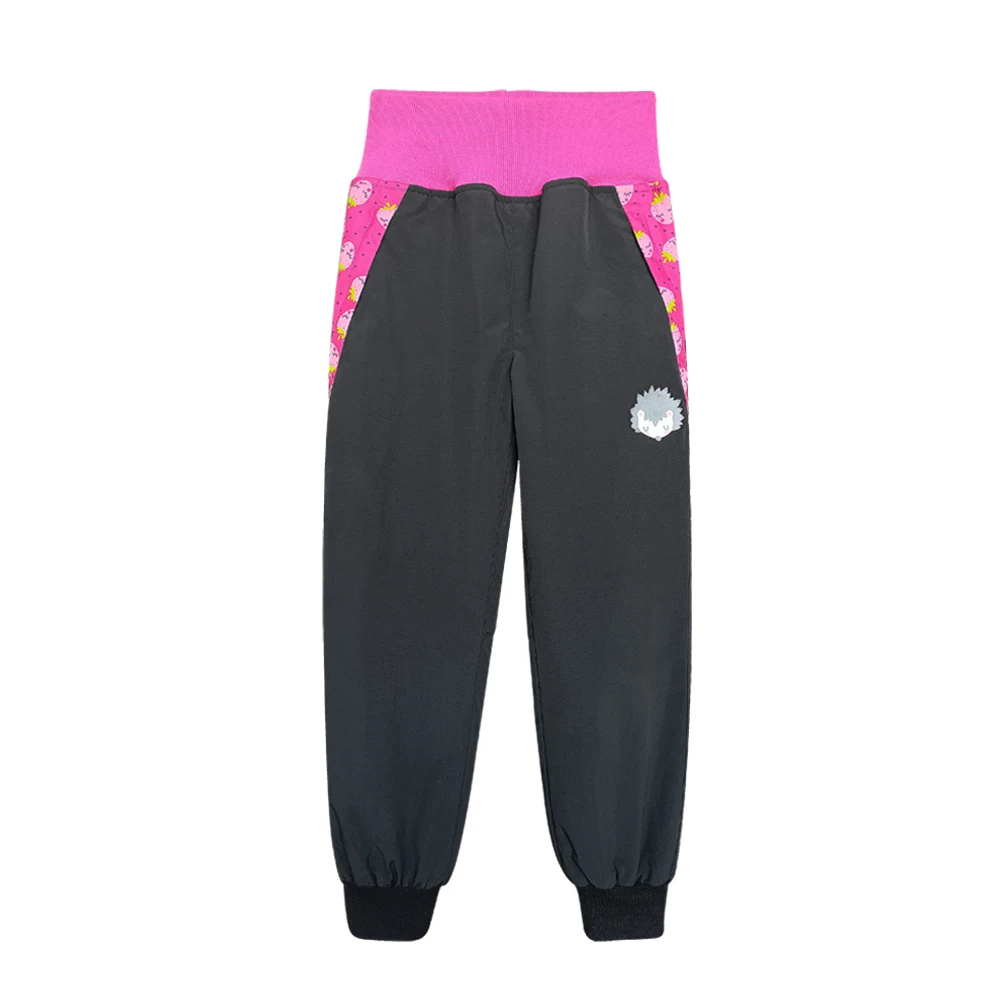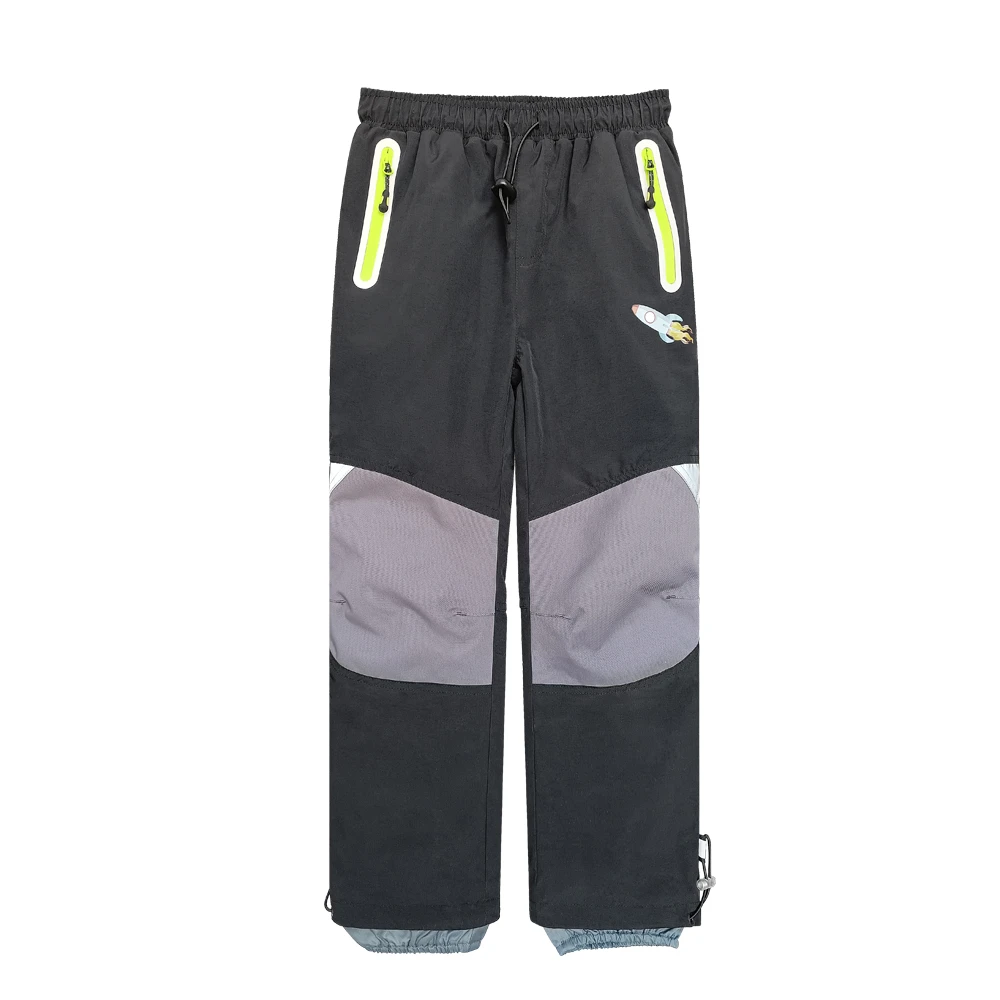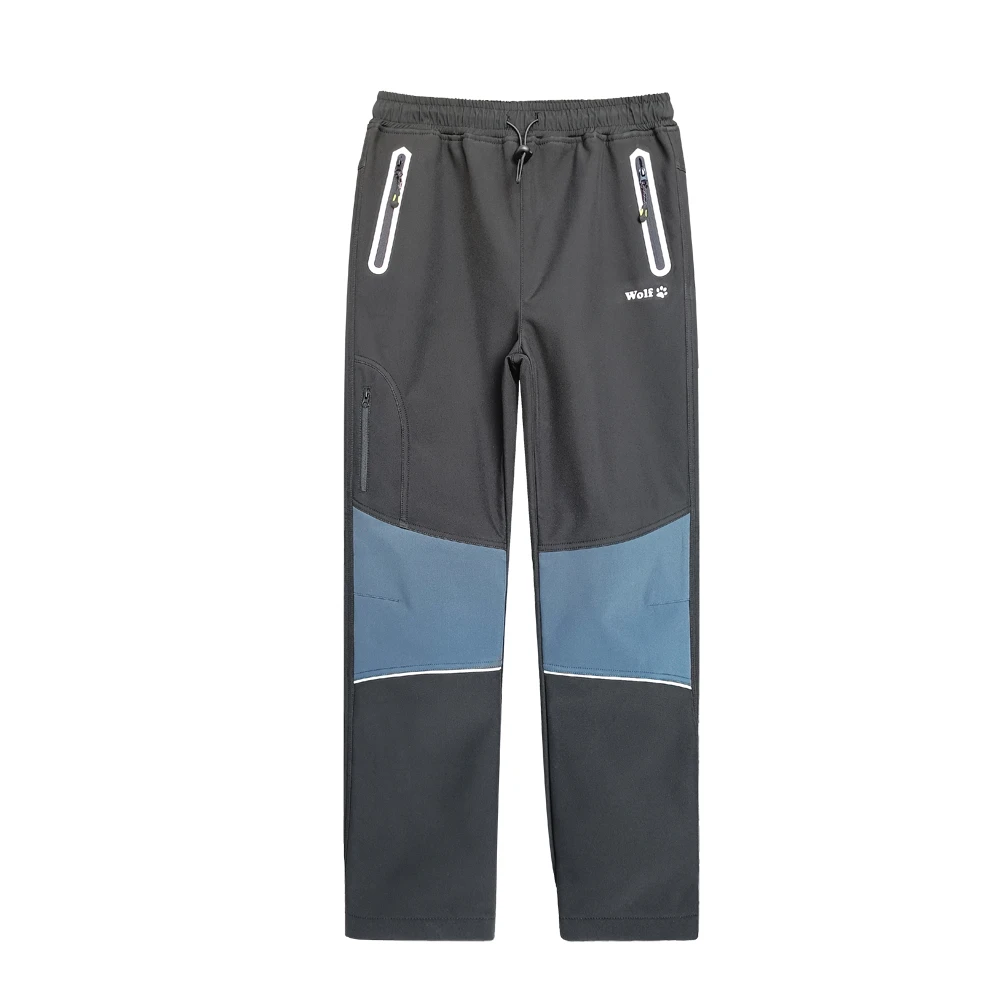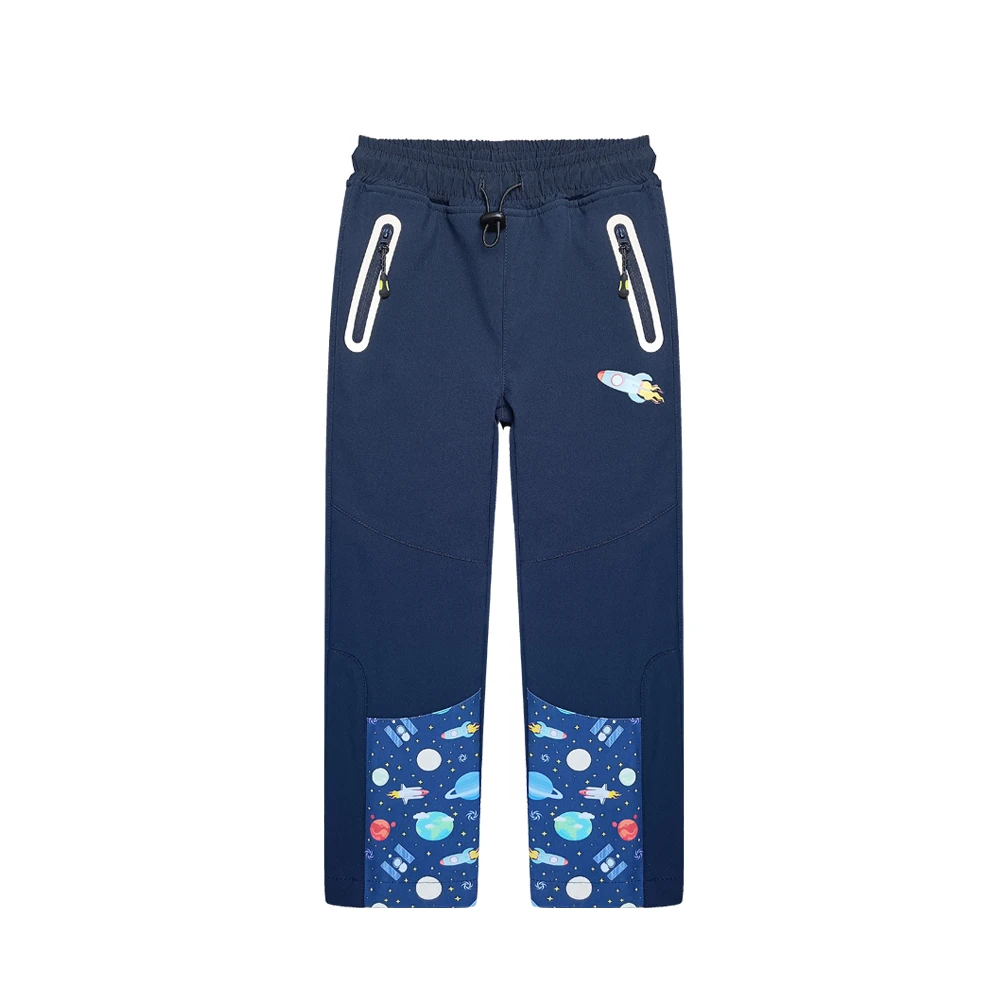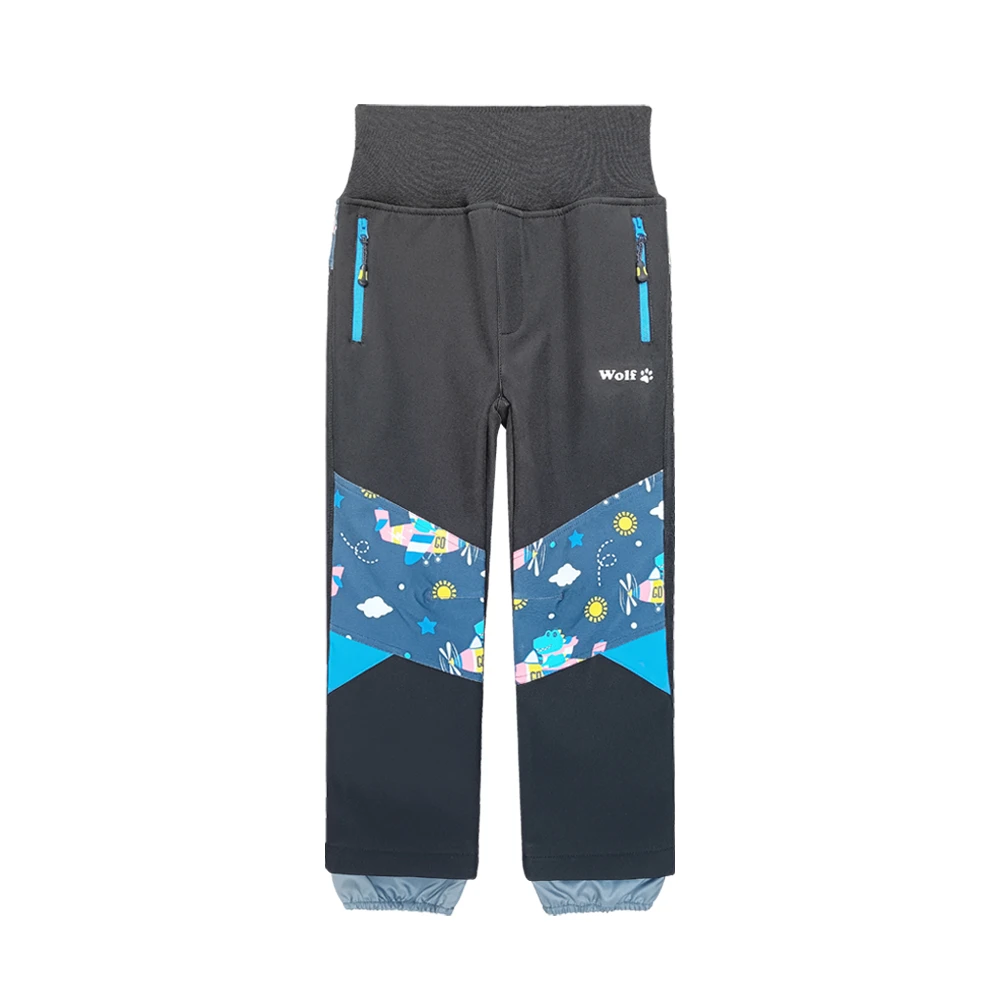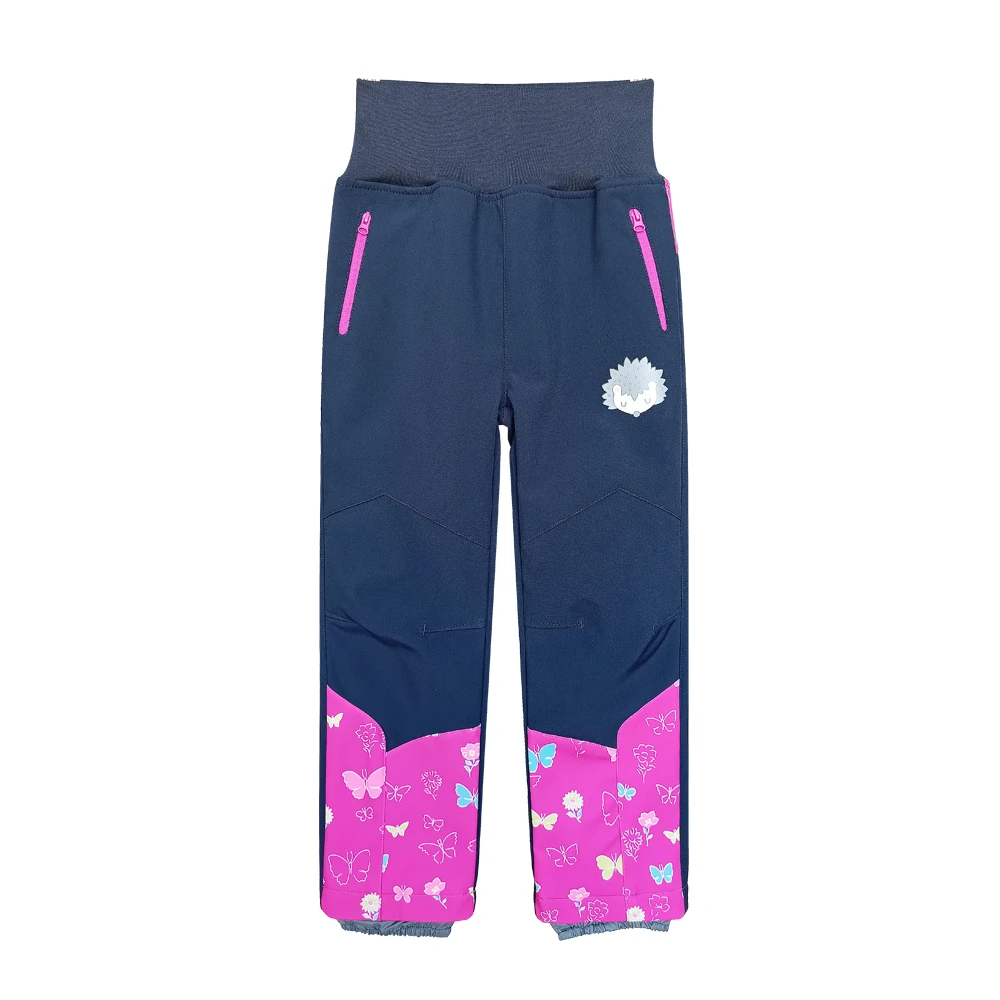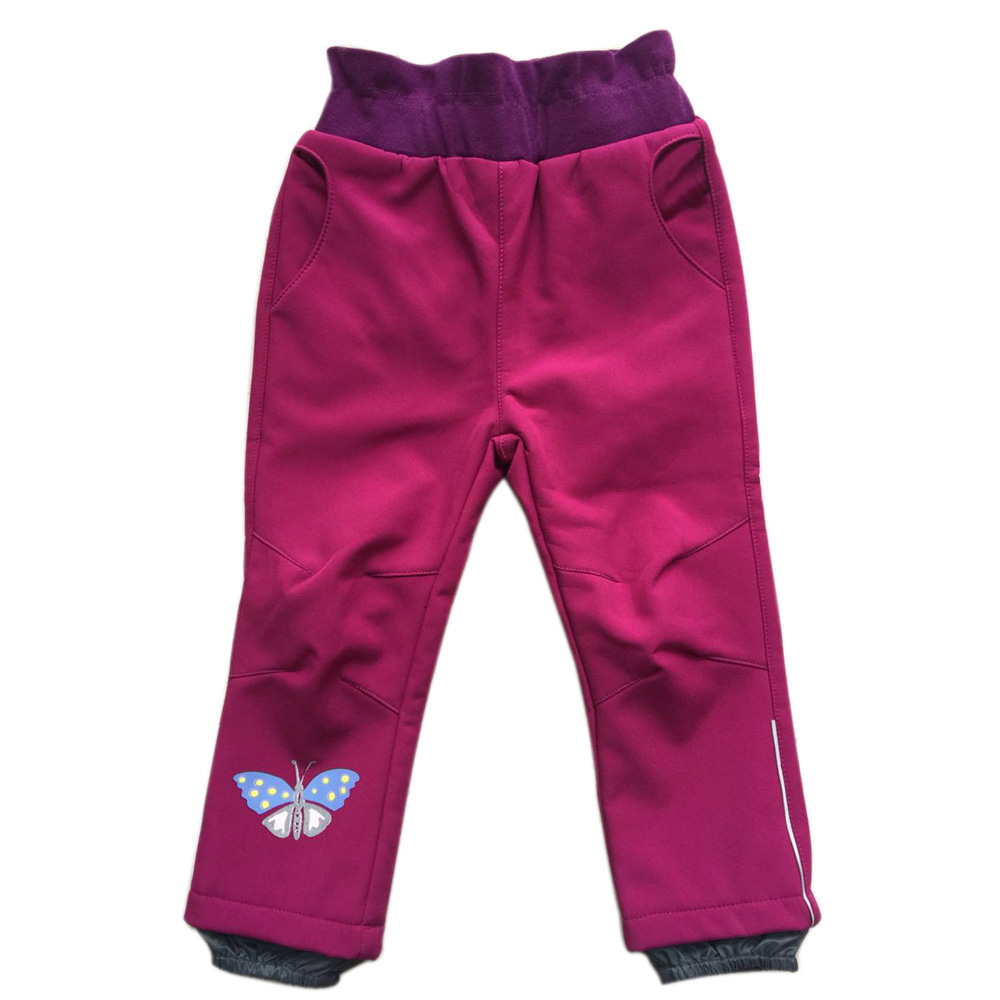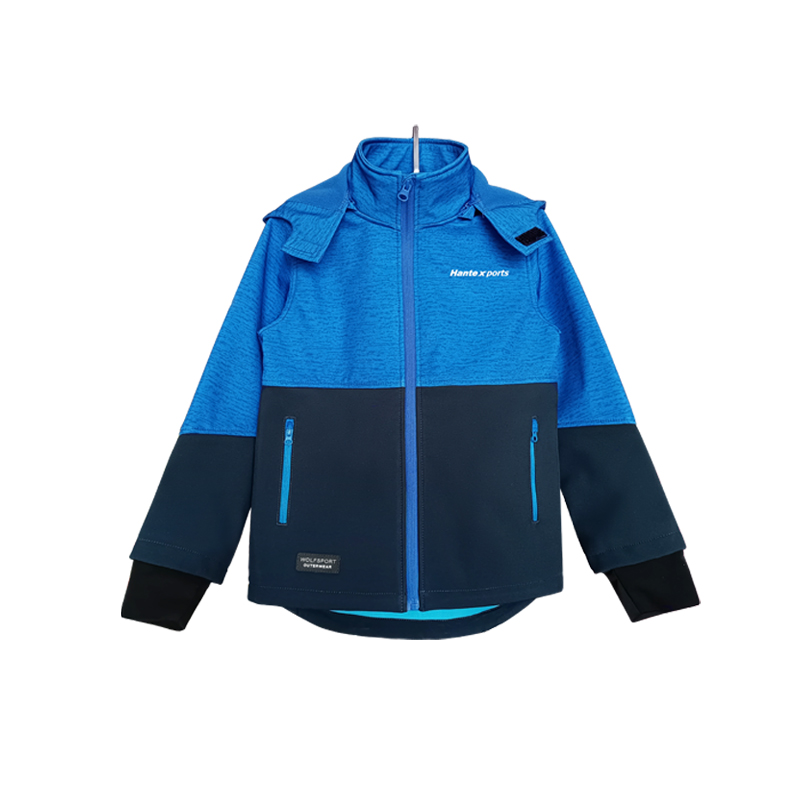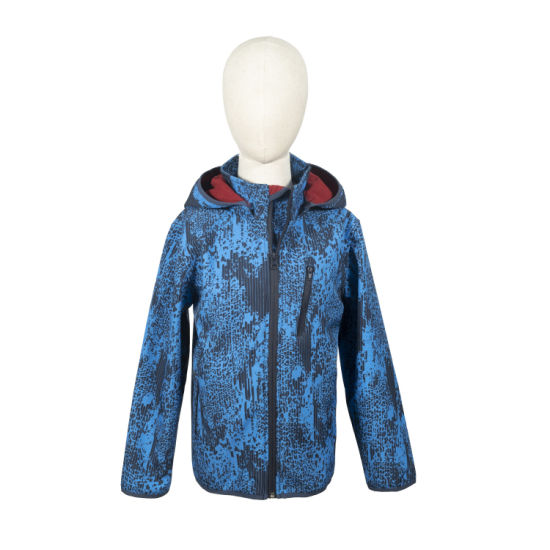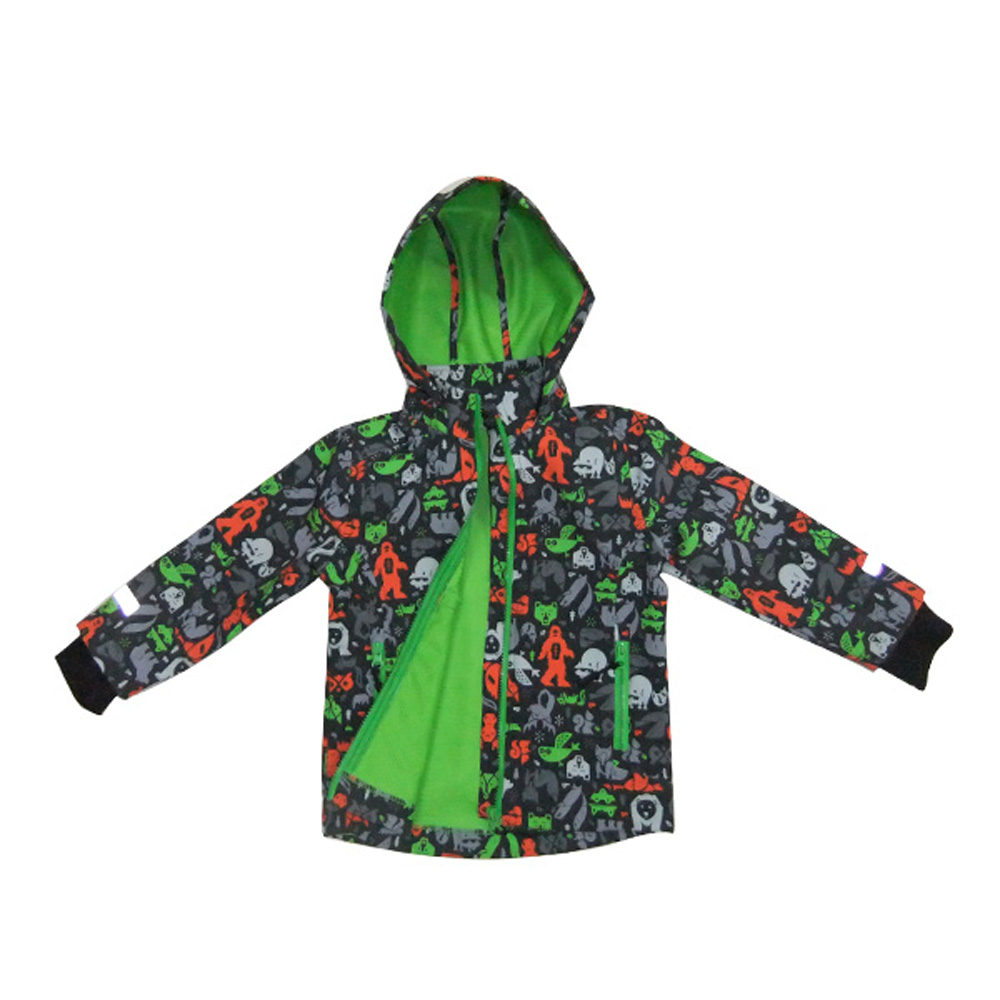Spring-proof, kid-ready: a closer look at a softshell that actually earns its keep
If you’ve shopped for kid’s outerwear lately, you’ve probably noticed the quiet shift: fewer bulky raincoats, more flexible softshells. The Boy Wear Spring Waterproof Softshell Jacket lands squarely in that trend—light enough for playground sprints, tough enough for spring squalls, and, to be honest, not over-designed.
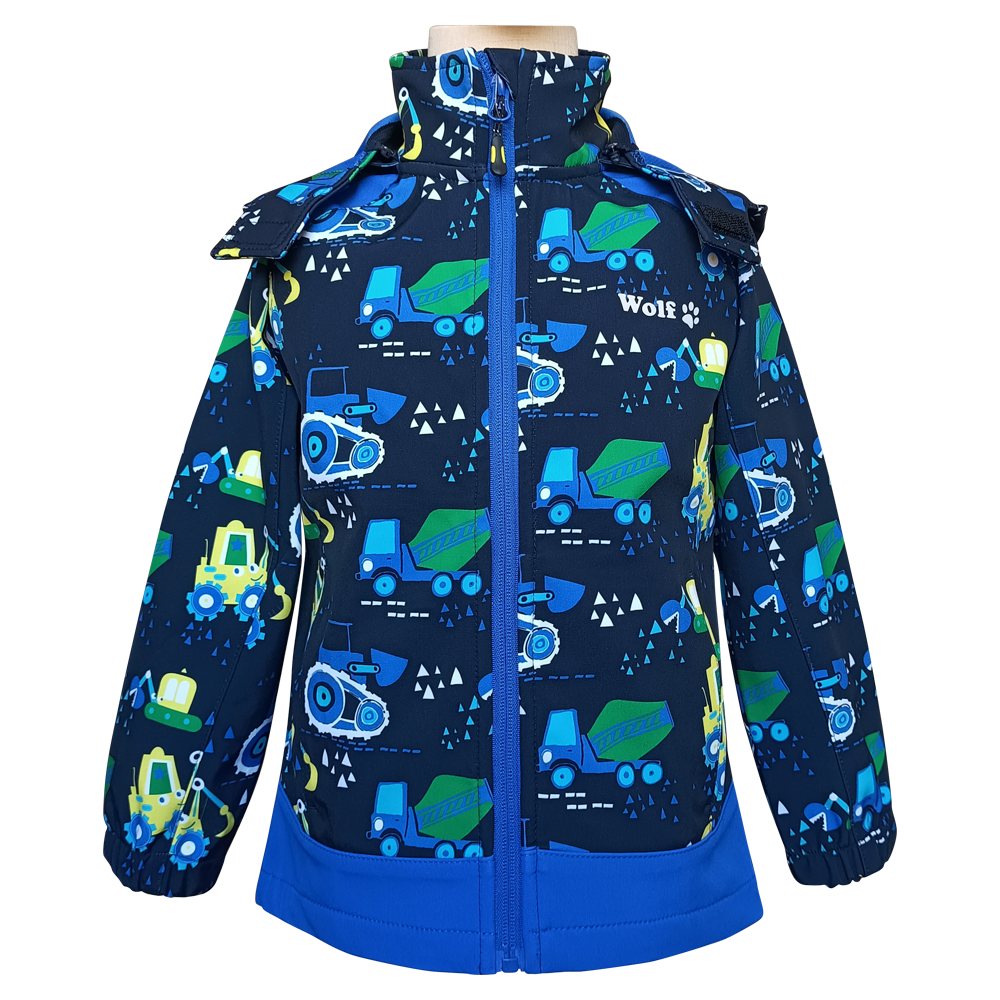
What’s inside the fabric (and why it matters)
This is a bonded 3-layer build: outer 94% polyester/6% elastane for stretch and abrasion, TPU membrane for waterproof, breathable, windproof performance, and an inner 100% polyester mesh for comfort. Vendor data: waterproof to 10,000 mm; breathability around 3000 (MVTR ≈ 3000 g/m²·24h in common terms—actual test methods vary). Weight sits in the 270–350 gsm range depending on color and size. Sizes: #104–110, #116–122, #128–134. Origin: No.173, Shuiyuan Str., Shijiazhuang, China.
Specs at a glance
| Construction | 3-layer bonded softshell (outer knit + TPU membrane + mesh) |
| Waterproof rating | 10,000 mm (ISO 811-type hydrostatic head, lab method may vary) |
| Breathability | ≈ 3000 g/m²·24h (vendor-reported; real-world use may vary) |
| Fabric weight | around 270–350 gsm |
| Sizes | #104–110, #116–122, #128–134 |
| Layers (materials) | Outer 94% polyester/6% elastane; Mid TPU membrane; Inner 100% poly mesh |

Process flow and quality checkpoints
Materials: pre-dyed polyester knit, elastane for stretch, TPU film, mesh backing. Methods: adhesive lamination (controlled temp/pressure), panel cutting, stitching, optional seam sealing where specified, DWR finish on face (brands increasingly request PFC-free options, by the way). Testing: hydrostatic head (ISO 811), moisture management/thermal resistance (ISO 11092), spray rating (AATCC 22), color fastness and seam strength (ISO 13935-2). Service life: typically 2–3 spring seasons under normal school/outdoor use; careful washing extends it. Industries using this class of jacket: school uniforms, outdoor retailers, team/club merchandise, camp programs.
Use cases and advantages
- School run and playground: windproof membrane keeps chills off; stretch lets kids move.
- Weekend hikes and bike rides: 10k waterproofing handles steady spring rain; lightweight enough for backpacks.
- Group outfitting: consistent sizing blocks and easy logo placement for teams or camps.
Many customers say their kids forget they’re wearing it—always a good sign. It seems that the mesh liner helps with comfort on warmer days. However, for all-day alpine downpours, step up to fully seam-taped shells with higher ratings.
Vendor comparison (quick reality check)
| Item | Boy Wear Spring Waterproof Softshell Jacket | Entry-level kids raincoat | Premium alpine kids shell |
|---|---|---|---|
| Waterproof | 10k mm | 3–5k mm | 15–20k mm |
| Breathability | ≈3000 MVTR | ≈500–1000 | ≈8000–12,000 |
| Weight feel | Light-mid | Light | Light-mid |
| Customization | Logos, colors, trims (MOQ applies) | Limited | Often limited, higher cost |
| Use case | Spring/shoulder-season, school/outdoor | Occasional drizzle | High-exposure mountains |
Customization, certifications, and feedback
Buyers typically request custom pantones, reflective piping, branding patches, and packaging. Common compliance asks include ISO 9001 production systems and OEKO-TEX Standard 100 materials—availability is usually on-request per lot. Parents report fewer “I’m cold” complaints on windy days; distributors tell me returns are low when sizing guidance is clear. Actually, the stretch panels seem to be the unsung hero.

Testing notes and practical care
Typical QA includes hydrostatic head (target 10k), spray test 90–100 rating on new DWR, and comfort indices via ISO 11092. Wash cold, gentle; line-dry; low-heat tumble if needed to reactivate DWR. Reproof face fabric when water stops beading. Simple, but it adds months of life.
References
- ISO 811:2018 — Textiles: Determination of resistance to water penetration (hydrostatic pressure).
- ISO 11092:2014 — Physiological effects: Measurement of thermal and water-vapour resistance.
- AATCC 22 — Water Repellency: Spray Test (latest edition).
- EN 343:2019 — Protective clothing: Protection against rain (classification framework).
